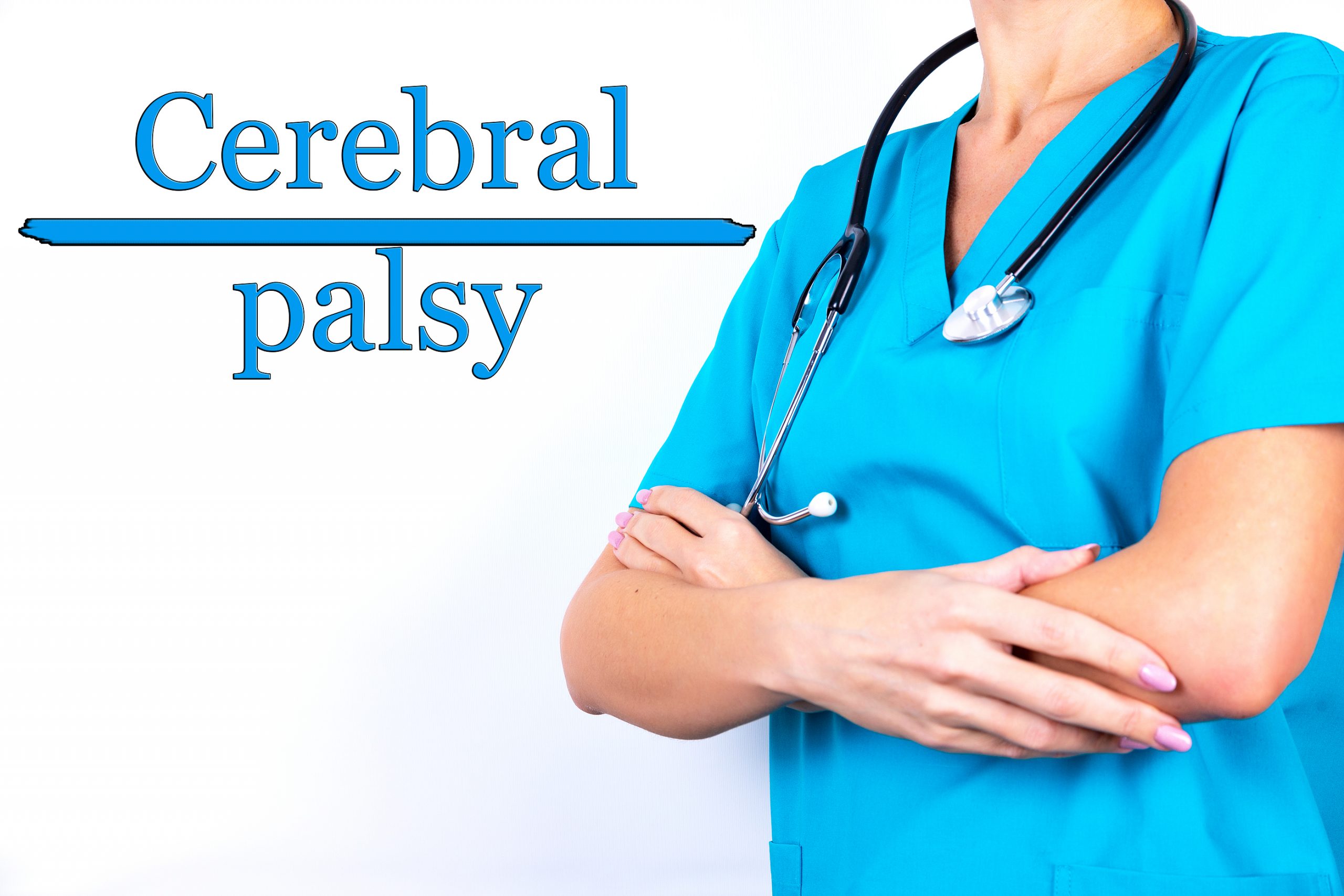
Free Consultation(203) 447-0000

Free Consultation(203) 447-0000

Learning that your child has been diagnosed with cerebral palsy can be devastating. When you are expecting, all you want is to have a healthy child who has a lifetime of opportunities, and a cerebral palsy diagnosis can take it all away.
While being diagnosed with any form of cerebral palsy is a life-altering event, some forms of cerebral palsy are more severe than others. Here, our Connecticut birth injury lawyers will break down: (i) the different forms of cerebral palsy, (ii) the effects of the most severe form of cerebral palsy, and (iii) what parents can do to seek financial compensation following a cerebral palsy diagnosis.
The different forms of cerebral palsy are classified in a few different ways. First, cerebral palsy diagnoses are separated into two main groups: spastic and non-spastic.
Spastic cerebral palsy is caused by damage to the brain’s motor cortex and the pyramidal tracts, and is generally characterized by exaggerated or jerky movements. The motor cortex controls voluntary movement, while the pyramidal tracts are responsible for ensuring that signals from the brain reach the muscles as they are supposed to. When the motor cortex and pyramidal tracts are damaged (e.g., due to oxygen deprivation or hypoxic-ischemic encephalopathy (HIE)), the brain is unable to dictate bodily movements as it would if it had developed normally during pregnancy.
Increased muscle tone (hypertonia) is also characteristic of spastic cerebral palsy. This causes stiffness in the limbs and contributes to the exaggerated and jerky movements caused by the damage to the child’s brain.
There are two main forms of non-spastic cerebral palsy. The first and most common form of non-spastic cerebral palsy is athetoid cerebral palsy. Athetoid cerebral palsy is caused by damage to the basal ganglia or the cerebellum (or both) and is typically characterized by involuntary facial movements as well as stiffness, rigidity, or floppiness in the torso and limbs. Hypotonia (decreased muscle tone) contributes to these effects as well.
The second, less-common form of non-spastic cerebral palsy is ataxic cerebral palsy. Caused by damage to the cerebellum, ataxic cerebral palsy is typically characterized by difficulty with balance, difficulty with speech, limited coordination, and tremors.
 Next, cerebral palsy can also be classified by the location and severity of the condition’s disabling effects. These are commonly known as “topographical classifications.” The main topographical classifications of cerebral palsy are:
Next, cerebral palsy can also be classified by the location and severity of the condition’s disabling effects. These are commonly known as “topographical classifications.” The main topographical classifications of cerebral palsy are:
Finally, cerebral palsy can also be classified as mild, moderate, or severe. Cerebral palsy will generally be classified as “mild” if the child is able to move and perform daily activities independently. Cerebral palsy is considered “moderate” if the child requires medication or assistive medical devices (e.g., braces, hearing aids, or electronic communication boards). If a child’s cerebral palsy prevents him or her from being able to walk or engage in other activities of daily living, then it will generally be classified as “severe.”
Based on these three methods of classification, spastic pentaplegia is the most severe form of cerebral palsy. The effects of spastic cerebral palsy are greater than those of non-spastic cerebral palsy, and pentaplegia involves paralysis of the neck and face in addition to all four limbs. As there is currently no known cure for cerebral palsy, children who are diagnosed with spastic pentaplegia will have no realistic hope of living a normal life. They will require assistance with their bodily functions and all activities of daily living, and they will need essentially full-time care from their parents, doctors, and therapists.
Some examples of the effects of spastic pentaplegia, the most severe form of cerebral palsy, include:
You may also hear of spastic quadriplegia (or “spastic quad”) being referred to as the most severe form of cerebral palsy. This is simply because pentaplegia is a lesser-known term than quadriplegia, and quadriplegia is often used to describe total paralysis even though pentaplegia is technically the correct term.
For parents who have a child who has been diagnosed with cerebral palsy, the lifetime costs of medical care can be astronomical. According to the U.S. Centers for Disease Control and Prevention (CDC), the average lifetime cost of care for an individual diagnosed with cerebral palsy was “nearly $1 million” in 2003. In today’s dollars, that is more than $1.3 million, and it does not account for the rising cost of medical care or the non-financial costs of living with cerebral palsy.
It also reflects the average cost of caring for a child with cerebral palsy. For a child who has been diagnosed with the most severe form of cerebral palsy, spastic pentaplegia, the costs will be significantly higher.
With this in mind, following a cerebral palsy diagnosis, most families will need financial assistance. In many cases, securing the necessary financial resources will involve filing a claim for medical malpractice. While it is possible for cerebral palsy to result from causes beyond anyone’s control, it is not unusual for doctors to make mistakes that lead to a cerebral palsy diagnosis that could – and should – have been prevented.
Medical mistakes prior to pregnancy, during pregnancy, and during labor and delivery, all have the potential to lead to a cerebral palsy diagnosis. From discussing maternal risk factors for cerebral palsy (ranging from thyroid problems to intellectual disabilities) during pre-pregnancy planning to addressing umbilical cord risks after the mother’s water breaks, doctors must take affirmative steps at all stages of care in order to identify, mitigate, and resolve risks for cerebral palsy.
Additional forms of medical malpractice that can lead to cerebral palsy include (but are not limited to):
When a medical mistake results in spastic pentaplegia or any other form of cerebral palsy, the child’s parents can seek to recover financial compensation for all of the financial and non-financial costs associated with their child’s diagnosis. In limited circumstances, punitive damages may be available as well. The types of compensation that are available to families in cases of medical malpractice include compensation for current and future:

If your child has been diagnosed with cerebral palsy, how do you file a claim for medical malpractice? Your first step is to discuss your family’s situation with an attorney. You will want to choose a lawyer who handles birth injury claims specifically, and even more specifically who has experience helping families recover financial compensation for cerebral palsy.
When you sit down with your attorney (or discuss your case over the phone), your attorney will begin gathering the information he or she needs in order to assess your family’s rights. You can help this part of the process go as quickly as possible by:
If you have concerns about a specific aspect of your medical care, you will want to discuss this with your lawyer as well. Ultimately, the more information you can provide, the better, and you should not assume that any detail or concern is irrelevant to your family’s potential medical malpractice claim.
If you would like to speak with an attorney in Connecticut about seeking financial compensation for your child’s cerebral palsy diagnosis, we encourage you to schedule a free consultation. To discuss your family’s situation with one of our Connecticut birth injury lawyers in confidence, please call us directly or tell us how you prefer to be contacted online today.
Berkowitz Hanna
